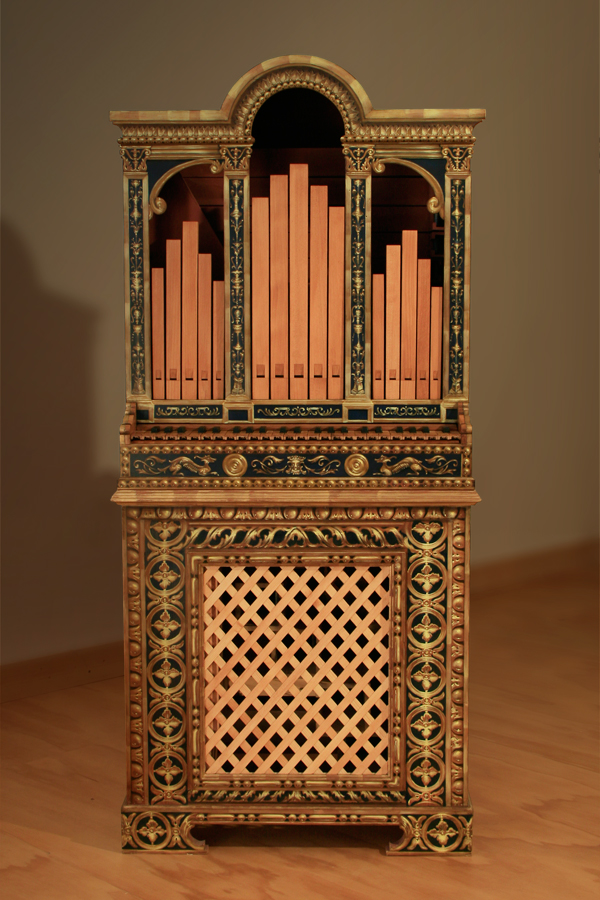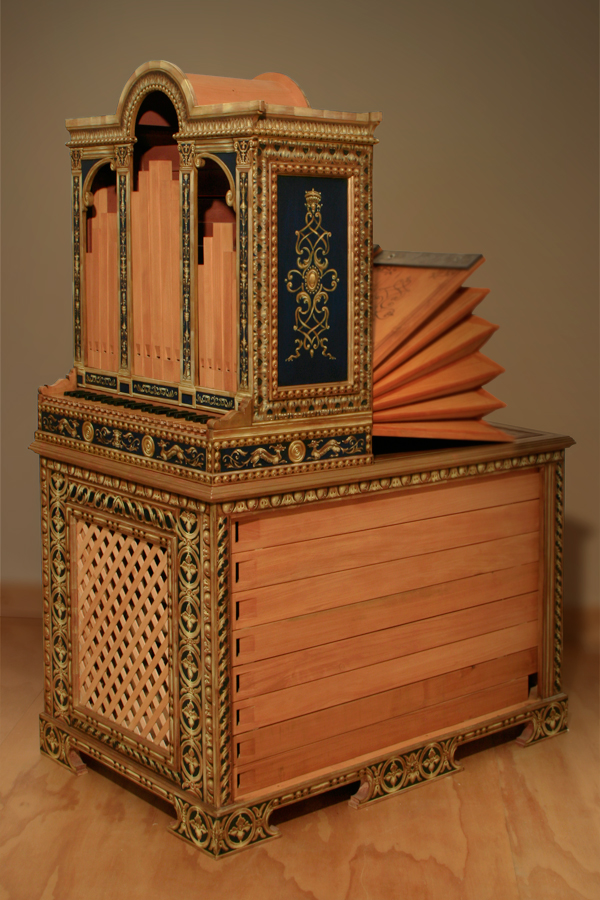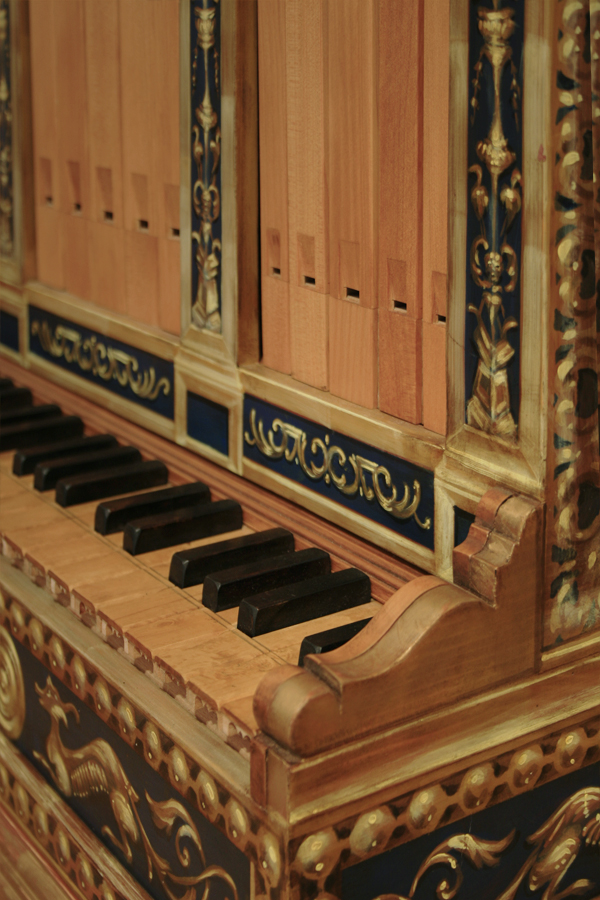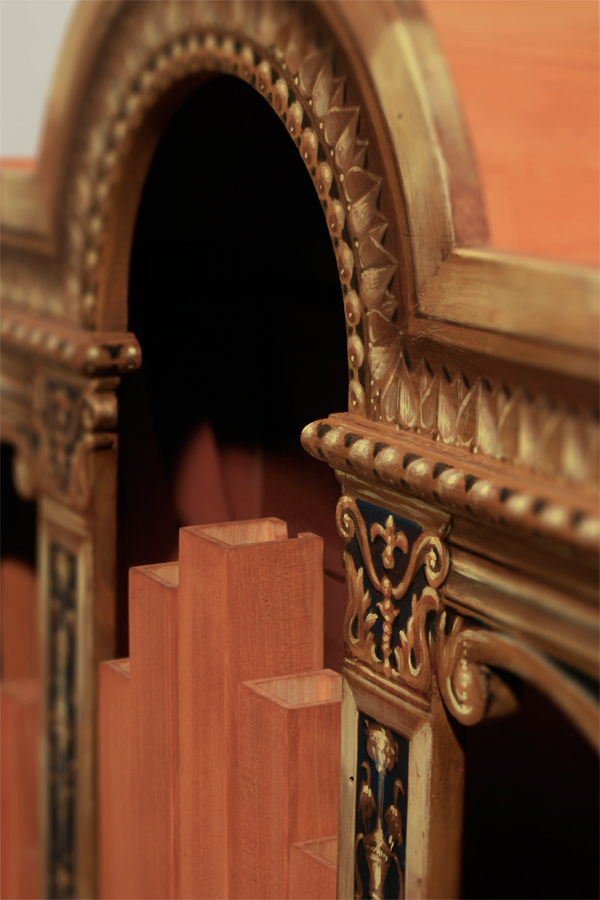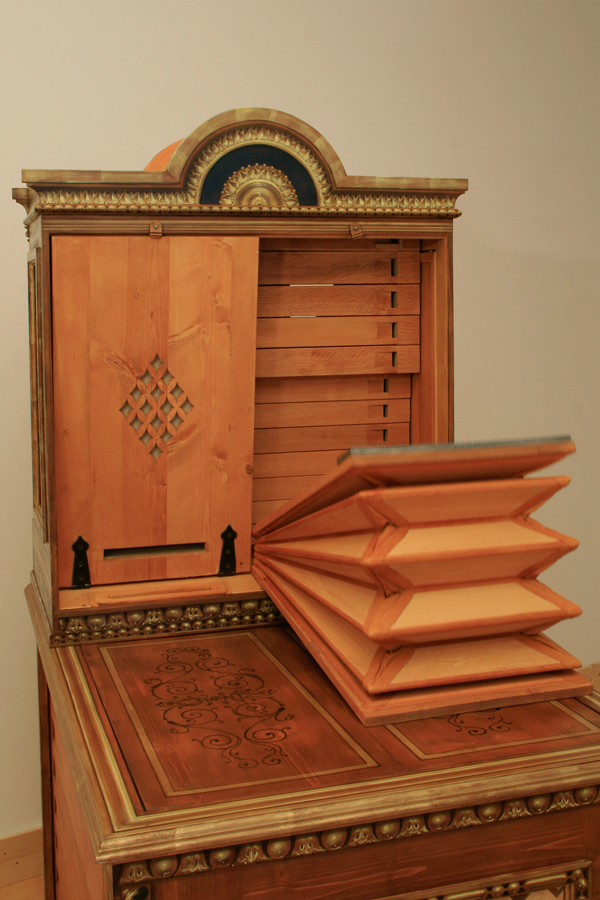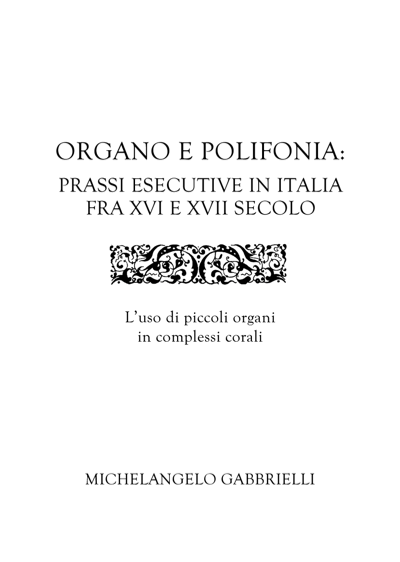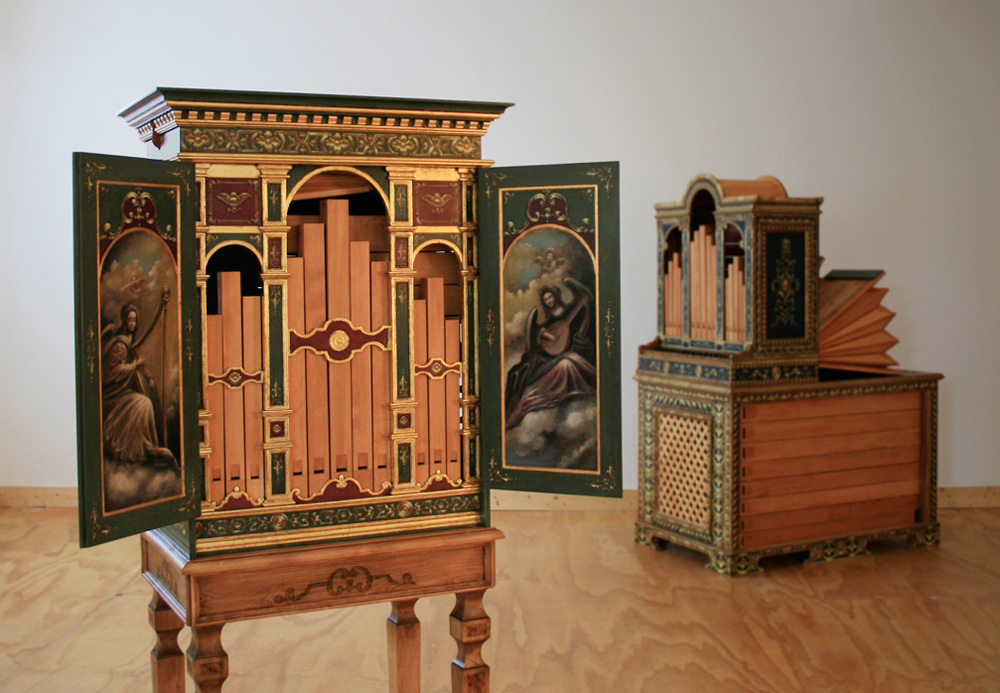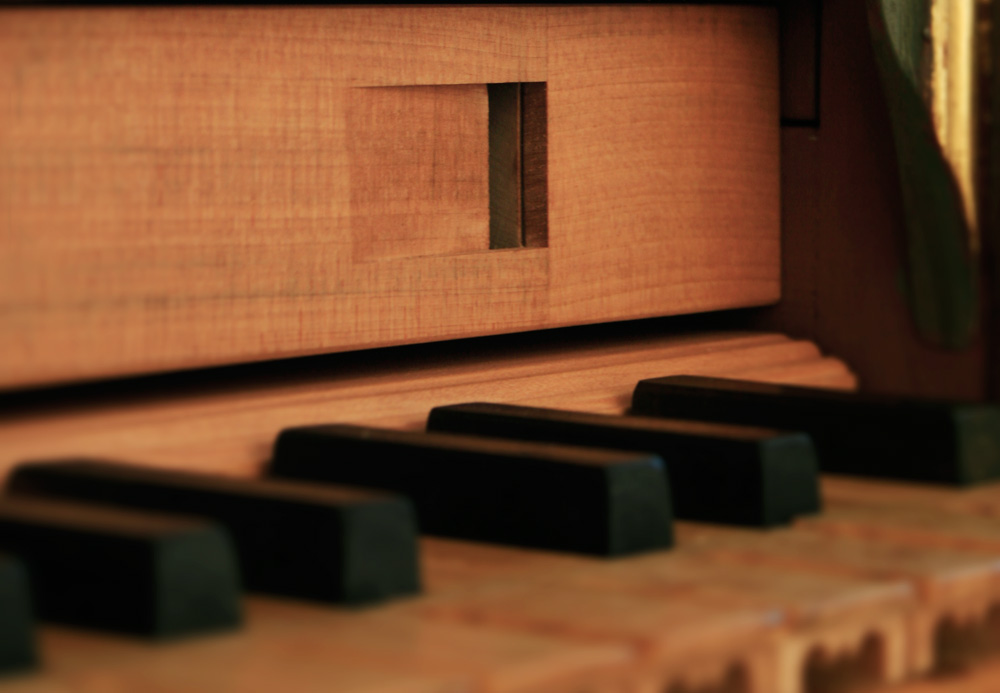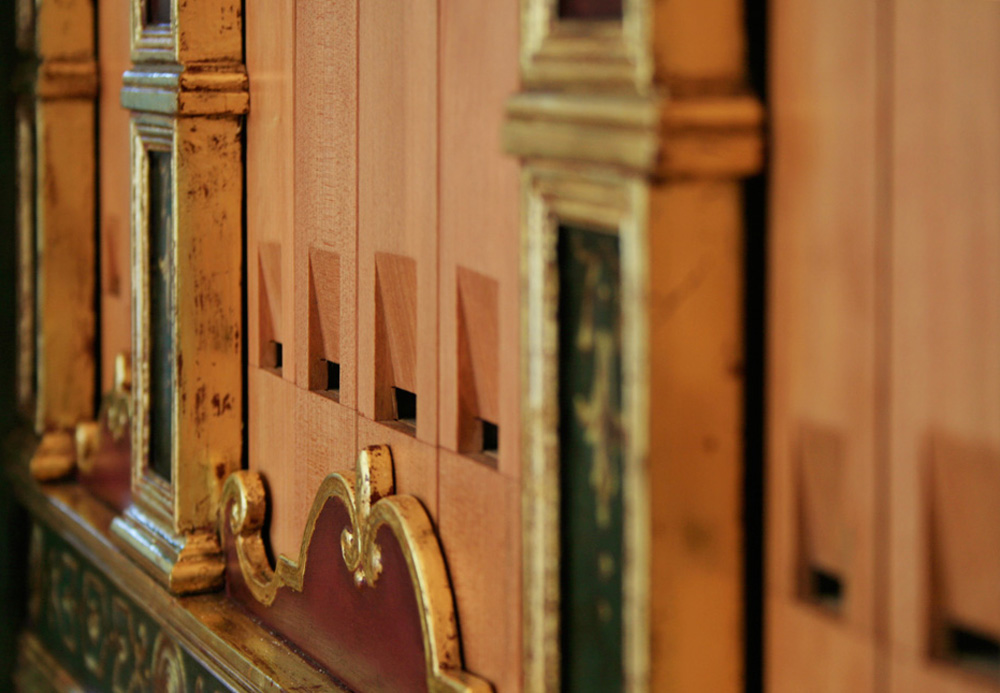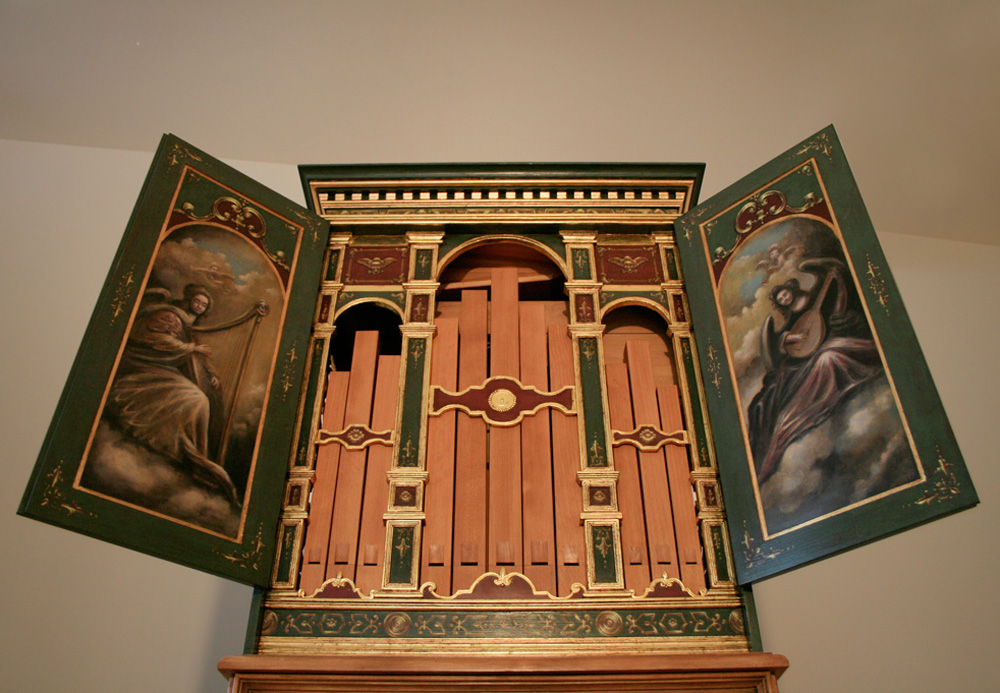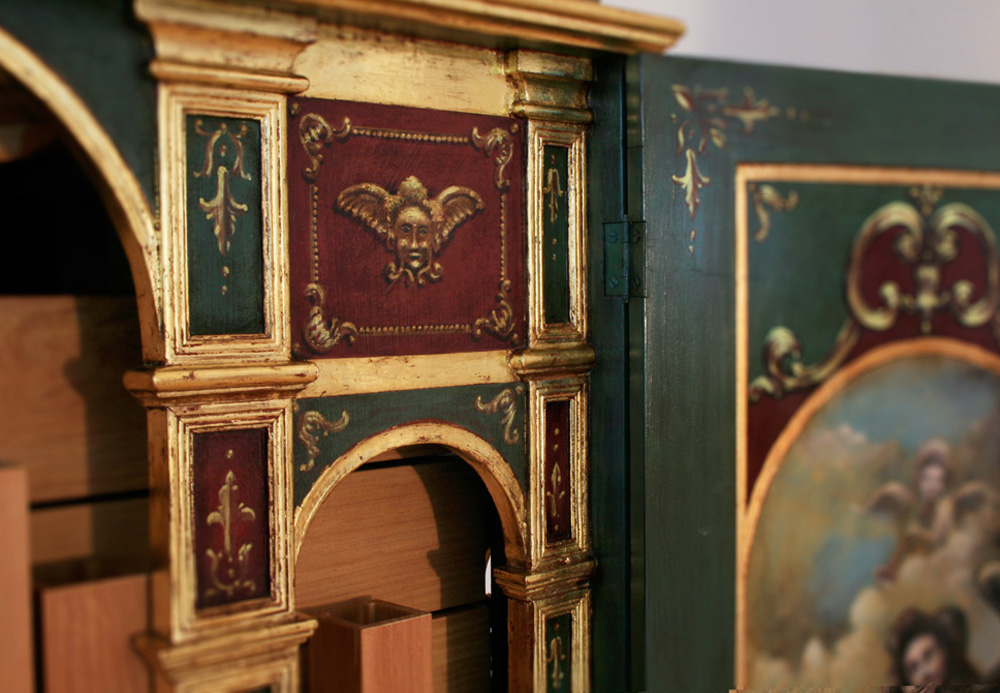EN
IT

In contrast, today’s organs for accompaniment use almost exclusively stopped wooden pipes, thus limiting the possibilities of musicians to interpret pieces from this period in a correct way.
The objective of Walter Chinaglia’s research is therefore to bring back the original “principale sound” that combines a perfect metallic sound with the sweetness of wood, and thus open new perspectives to contemporary musicians.

How could they possibly be so small and compact to be moved around on theatre stages and at the same time fit open pipes of up to 8 feet in their case?
How were they structured, how were their bellows designed, their pipes arranged - in order to produce this sweet intonation, this “dolce intonazione”?
Many uncertainties and difficulties had to be overcome throughout the design and construction process of the first of the two organs for Monteverdi, and the time needed to study, conceive and finally build the complex passages to achieve the perfect air flow has been highly underestimated.
And then, in the end, one single, tiny, almost invisible manipulation of the pipes made the long-sought subtle sound finally emerge and fill the air…

A short glimpse on the initial production steps
of the first of the two organs:
Keys made of weathered boxwood (buxus sempervirens)
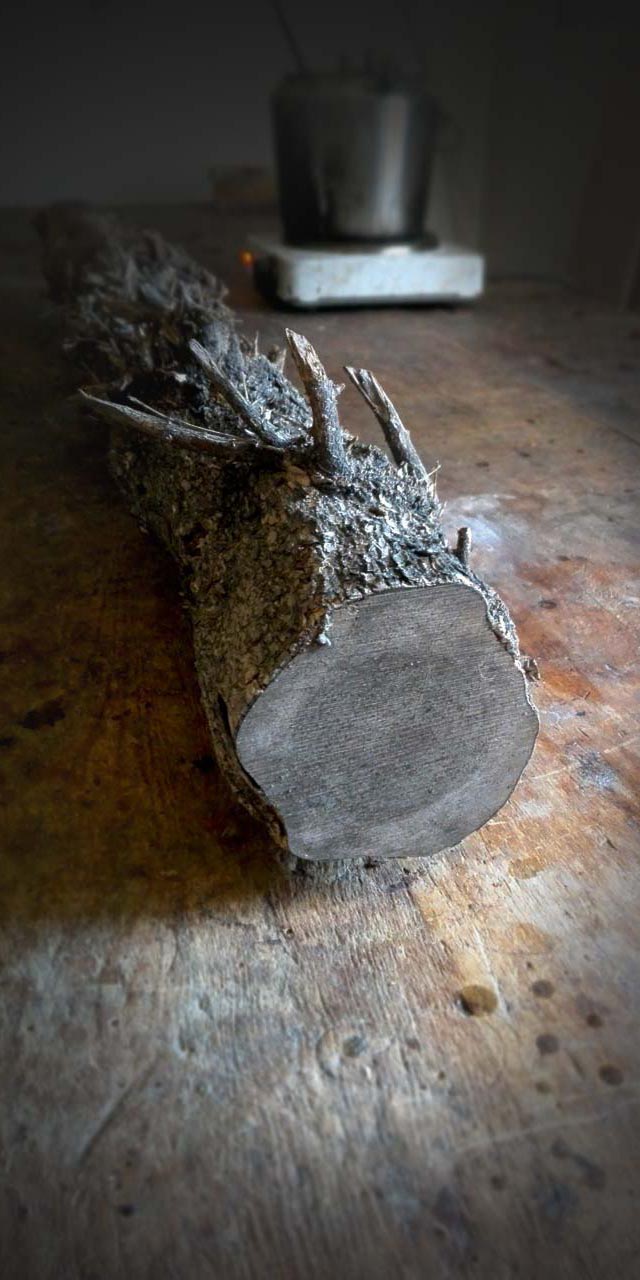
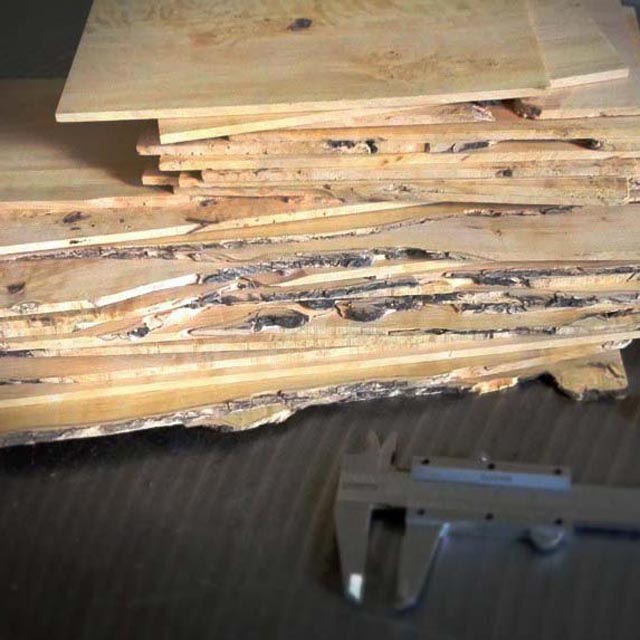
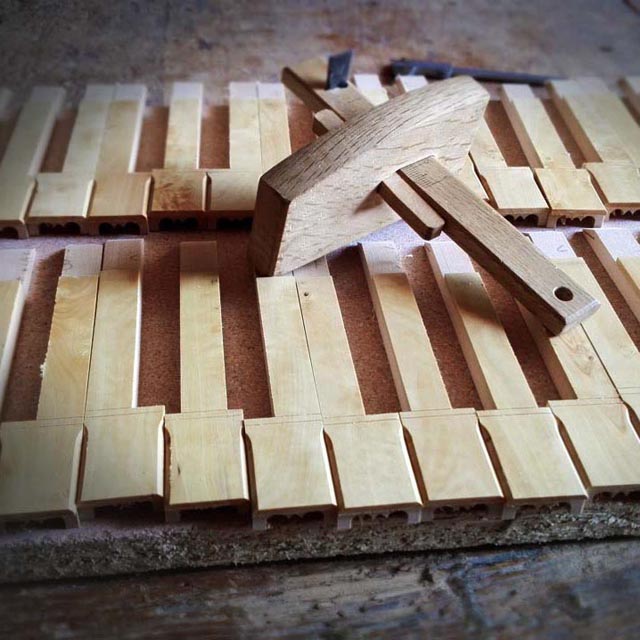
Pipes made of cypress wood (Cupressus sempervirens)
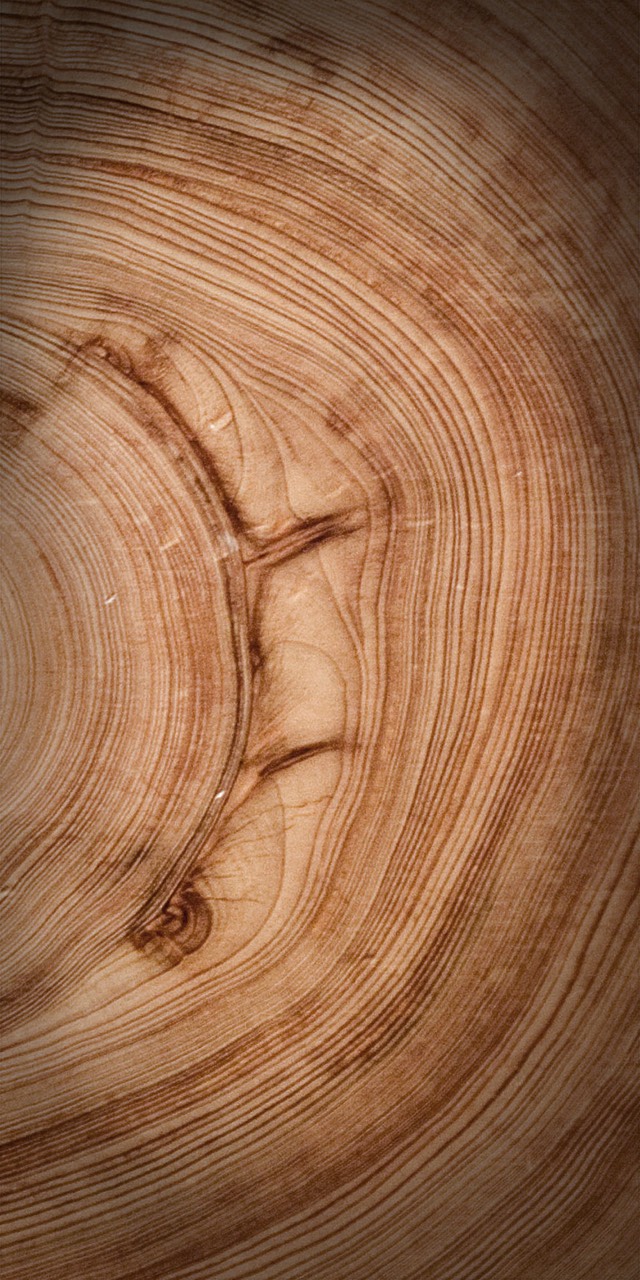
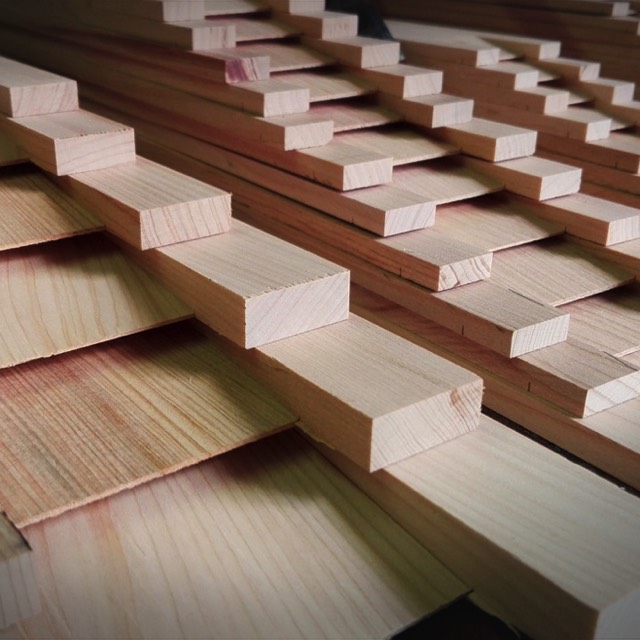
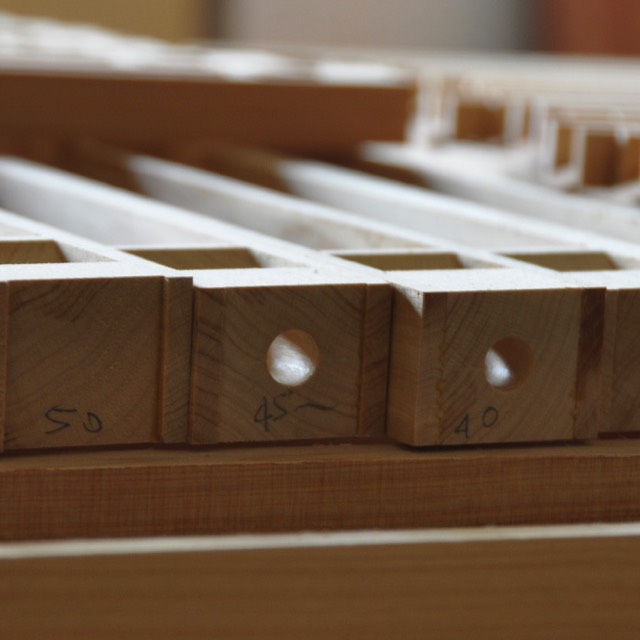
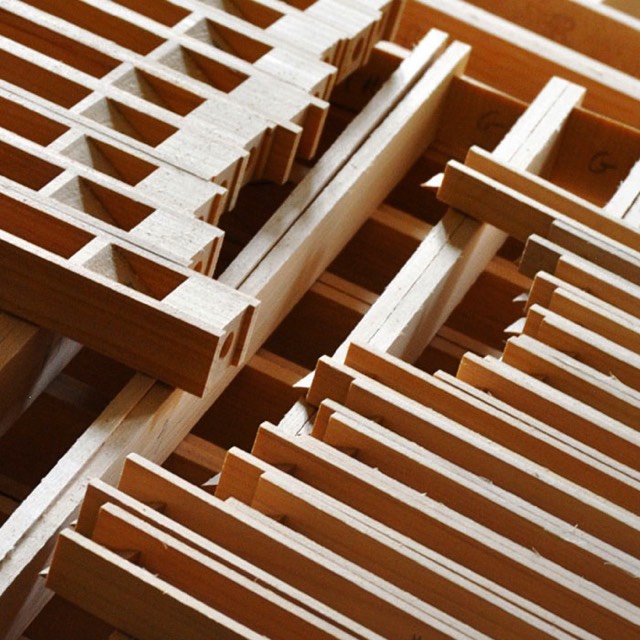
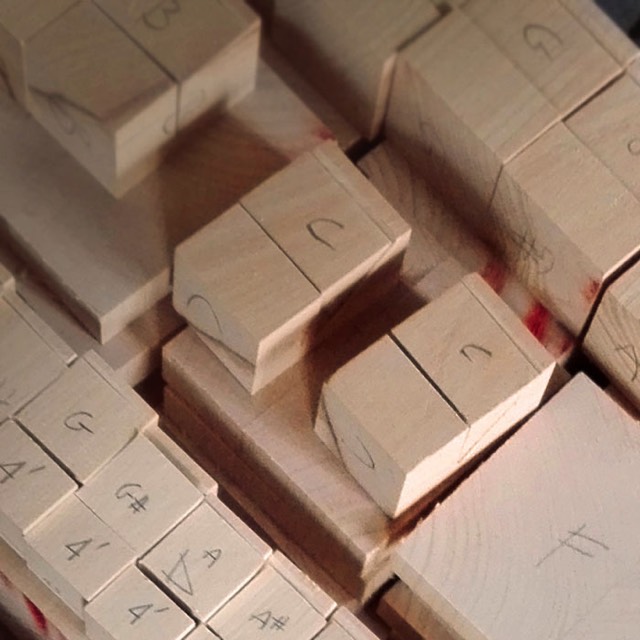
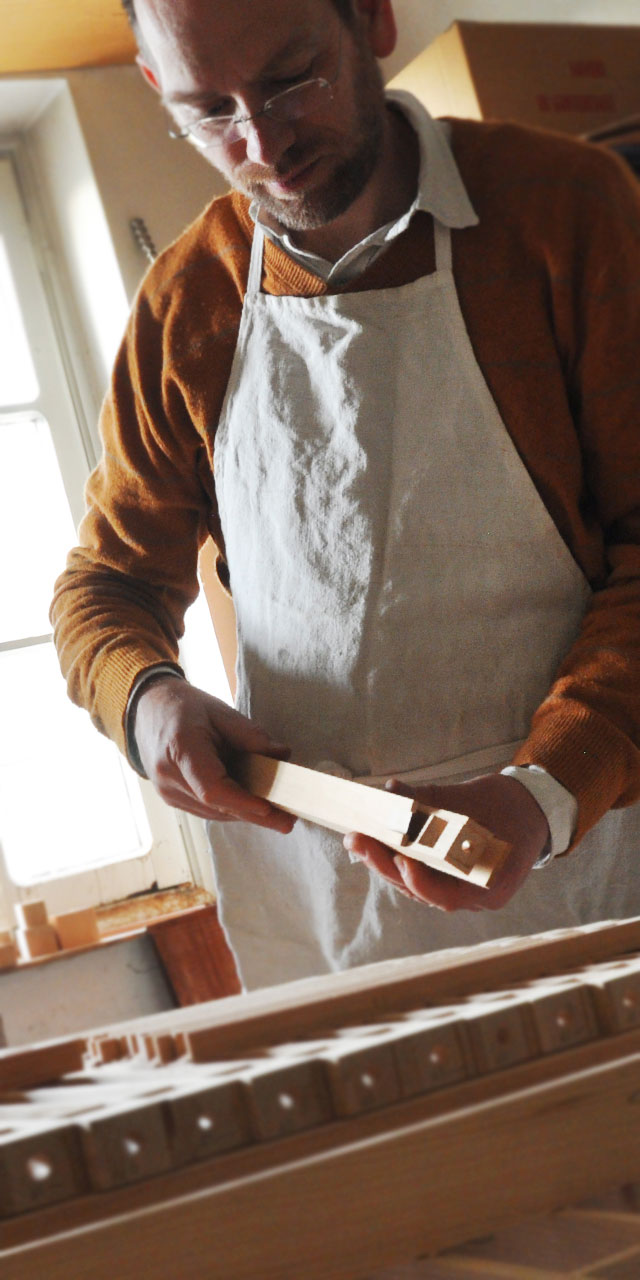
Details of bellows, case, inner structure (grooved blocks)
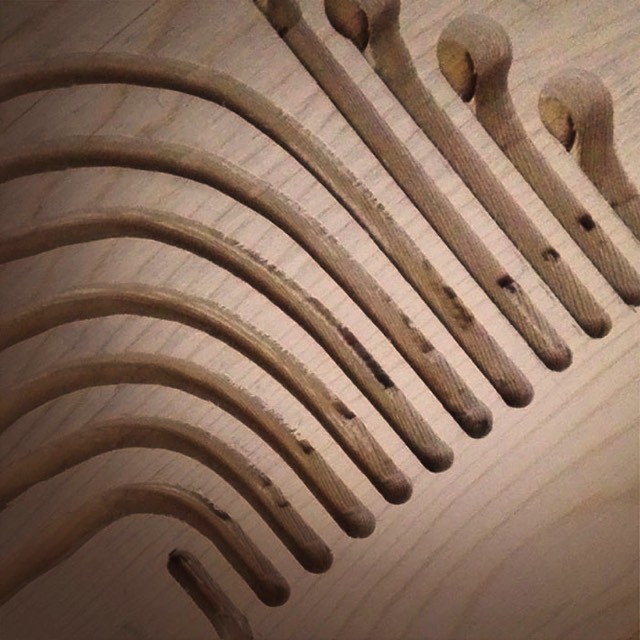
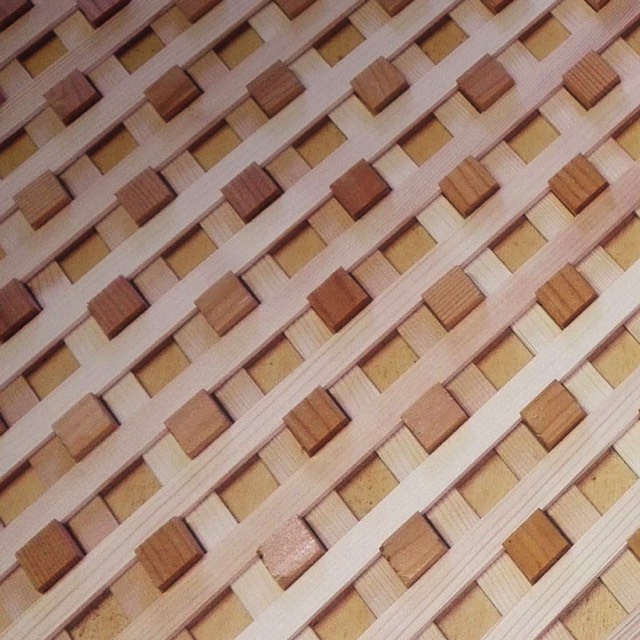
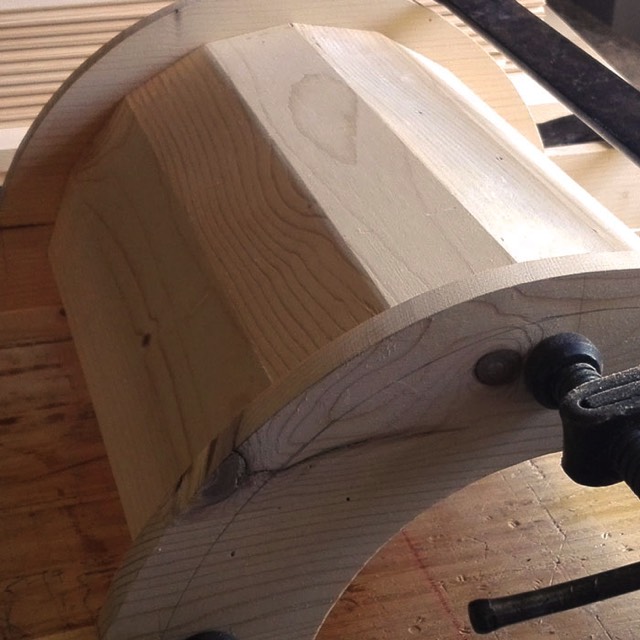
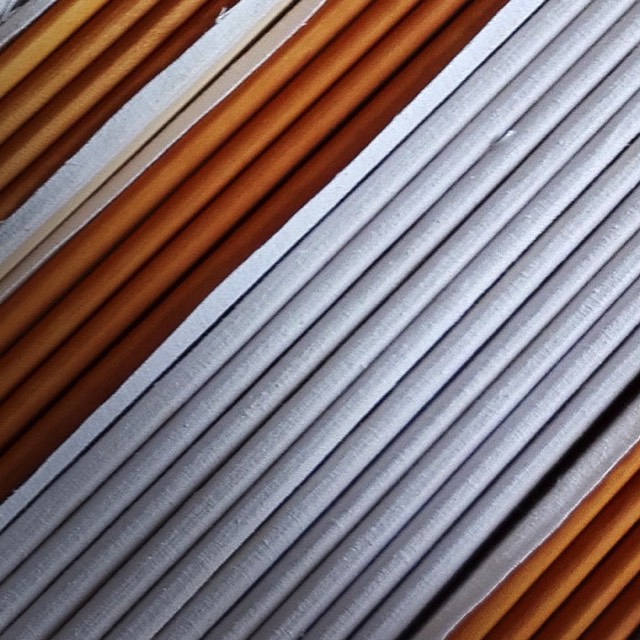
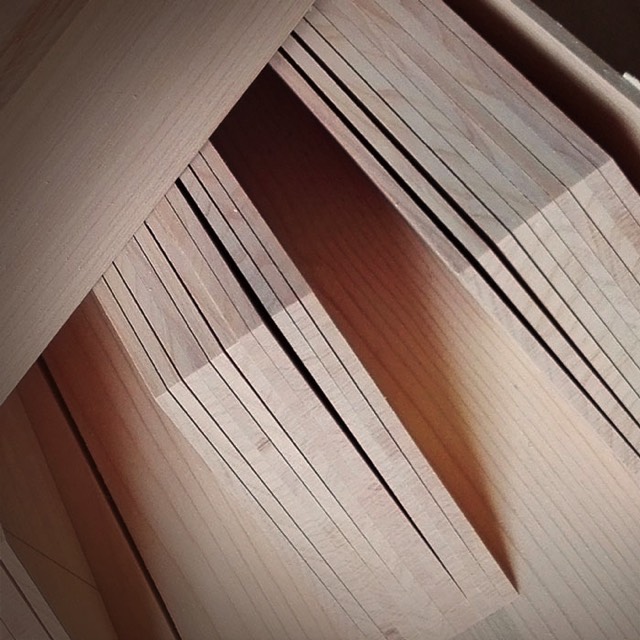
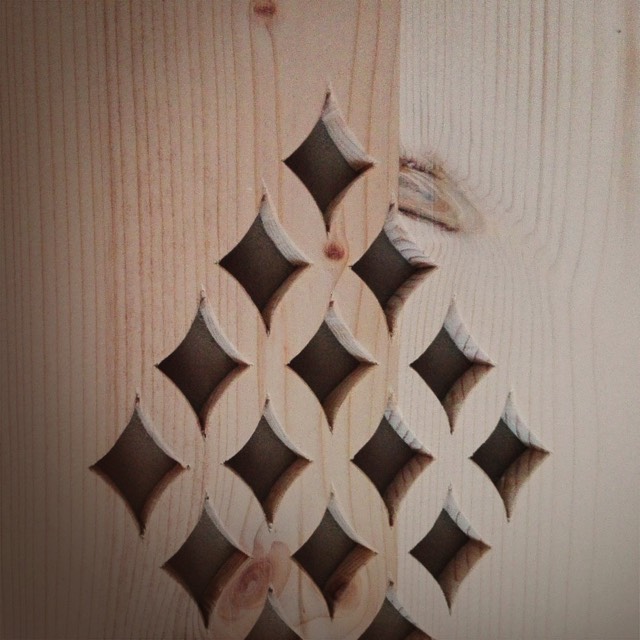
Photos: Lorenzo Zeuli

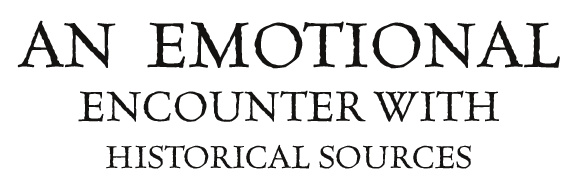

In fact, the ideal of sound timbre was unmistakeable: “Quando le canne sono completamente in legno, costituisce per loro la perfezione ricevere la sonorità metallica” (1698) - “When the pipes are entirely made of wood, they reach perfection when their sound is metallic” . That is, the sound of the italian Renaissance Principale.
However, it is important to note that the aim was not to simply imitate metal pipes, but it was highly desired to achieve a sound that is “suave” (1600) - “subtle, soft” and “di dolce intonazione” (1561) - “with a sweet, delicate intonation”. As written by the organ builder Hermans, in my hometown Como: “Le canne del Principale secondo sono di legno, unisono col primo, il quale serve per cantar a voce sola ovvero con instrumenti” (1650) - “The pipes of the second Principale are made of wood, unison with the first, which is used for solo voices with instruments.”
Emilio de Cavalieri speaks of wooden organs “perfettisimi per dolcezza e soavità” - “perfectly subtle and suave”, as being considered “pietra di paragone per le buone voci” - “a touchstone for great voices”.
As a physicist I pay much attention to complex transient phenomena described in expressions like “che dispichi netto” (1517) - “that speaks promptly” and “spiccassero un puoco più presto (1569) - “that sound attacked a little earlier […], “[...] tanto nelli soprani quanto nelli bassi” (1626) - “[...] both for basses and treble.”
Therefore, not only the acoustic spectrum (timbre) was important, but also the attack transient, mentioned as “bona pronunzia” - “good pronunciation”.
Finally, Antonio Barcotto invites us not to use stopped pipes because “è da sapere che tale voce è artificiosa e non naturale come quelle delle canne aperte” (1652) - “it must be known that this voice is artificial and not natural like the one of open pipes”.
Anything that has been written about wooden organs can be found realized to a great extent in Innsbruck (Silver Chapel), when playing the only surviving Renaissance organ with open wooden pipes.

The keyboard, in order to comply with the desired sound rich in detail, “non sia profonda né dura, [...], asay dolza a la mane” (1508) - “must be neither deep nor hard, [...], with a very soft touch.”
The bellows, which ensure the airflow, must be made of “assesselle” in modo “che detto organo non debba in alcun modo sospirare” (1585) - “thin slabs” ensuring “that said organ shall not sigh in any way”.
The historical sources also outline the material used for the case, the keyboard, the required design and many other details “per coloro che se intendano cossa sia organo” (1538) - “for those who know what an organ is all about”.

Costanzo Antegnati suggests to use the Principale “solo quando si vol cantare mottetti con poche voci” (1652) - only when you want to sing motets with a few voices”.
“Quando si farà i ripieni dell’organo faransi con mani e piedi, ma senza aggiunta d’altri registri [...]” (1602) - “When one plays the ripieni on the organ, one should do so with hands and feet, but without adding other stops […]”.

The first organ “all Ottava bassa”
Principale 8’ reale
A = 465Hz, Meantone Temperament 1/4 Cs
75x73x115cm (base); 87x71x45cm (top case)
Decoration by Michele Barchi
Photos: Dr. Luca Fattorini


The performed analysis shows that the open wooden Principale pipe produces the same acoustic spectrum as its metal equivalent. Which is not the case with the stopped pipe (coconada), whose spectrum misses the 2 harmonic and shows a cut-off in the high frequencies.
Spectral Analysis
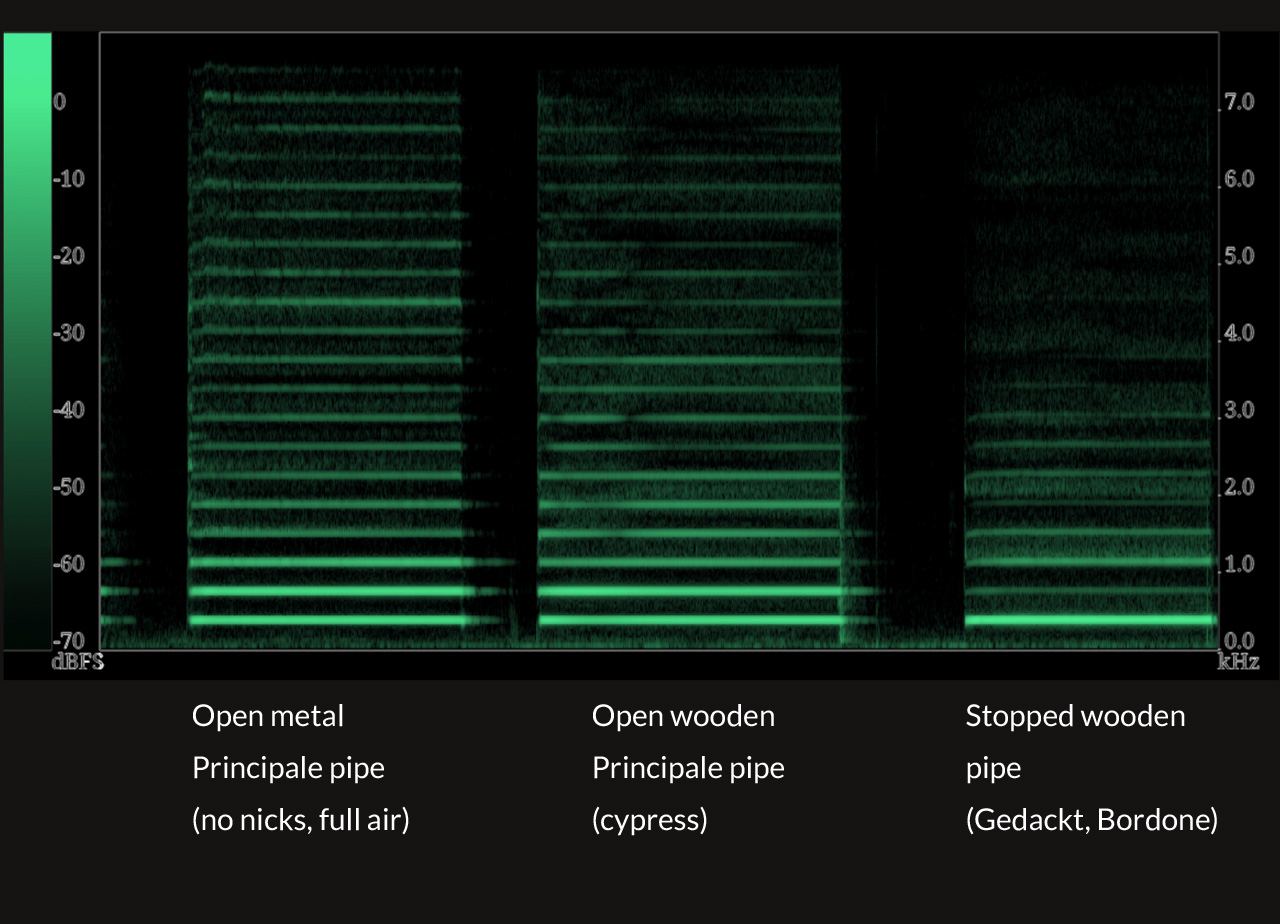


The excerpt “The use of small organs for choir accompaniment” is particularly meaningful for the research of the project “Duoi organi for Monteverdi”.
Click here to see the index of the full essay, which can be requested by direct email message to maestro Gabbrielli. (available in italian)

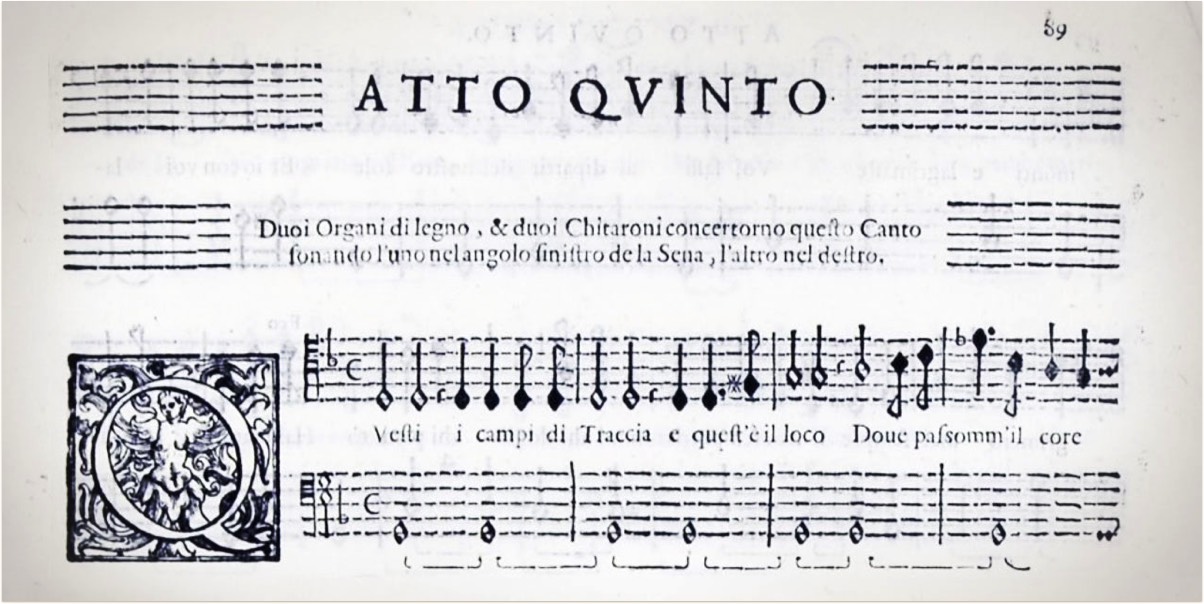
Monteverdi’s preference for their sound is also documented in a letter to cardinal Ferdinando (1611): “…I shall have the theorbos played by the musicians from Casale, to the accompaniment of the wooden organ (which is extremely suave) and in this way Signora Adriana and Don Giovanni Battista will sing the extremely beautiful madrigal “Ahi che morir mi sento”, and the other madrigal to the organ alone.”
Another reference for Monteverdi using two organs can be found in the archives of St Mark’s, which record the payments made to porters “…for carrying back and forth two organs to San Giorgio for M. Claudio Monteverdi, for the rehearsal of a Mass to be performed on 19 August 1613 in St. Mark’s”…
The second organ “all Ottava alta”
Principale 4’ reale
A = 465Hz, Meantone Temperament 1/4 Cs
87x70x45cm
Decoration by Michele Barchi
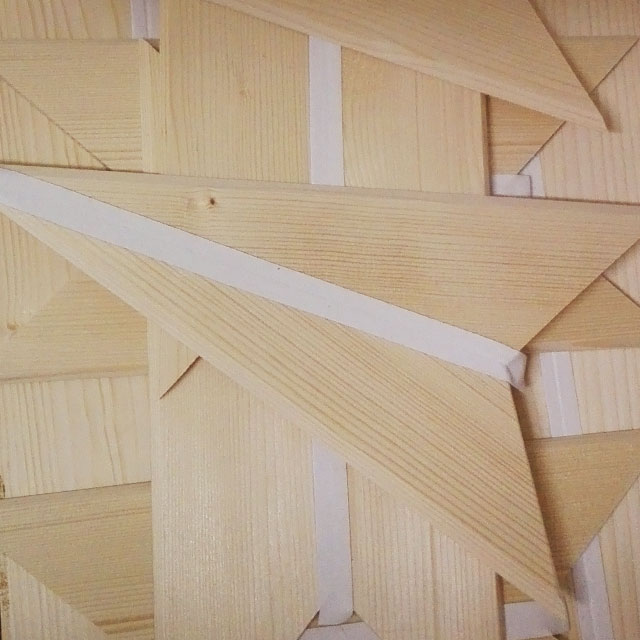
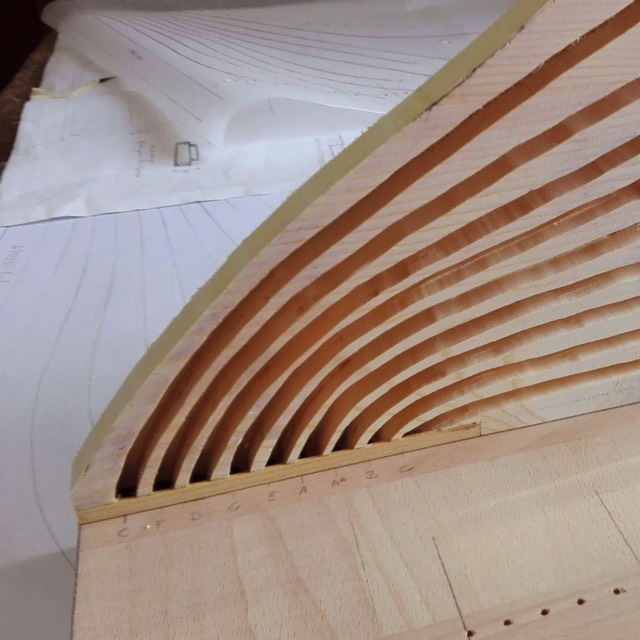
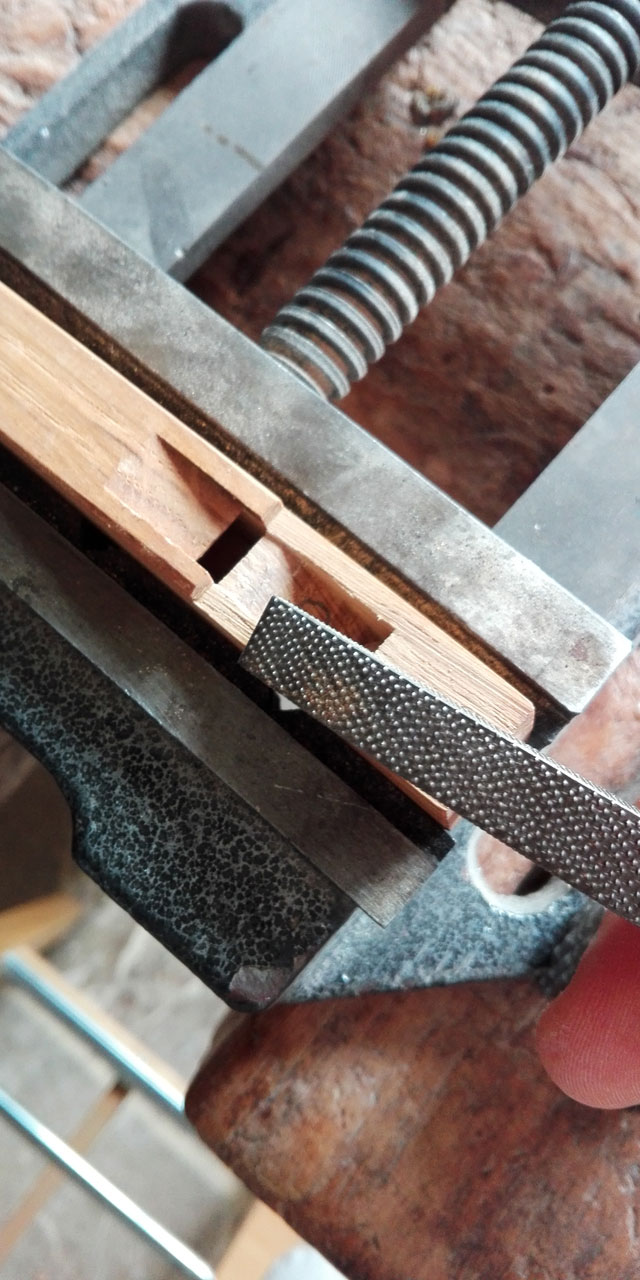
Pipes made of cypress wood (Cupressus sempervirens)
Wood carving tool for case decoration
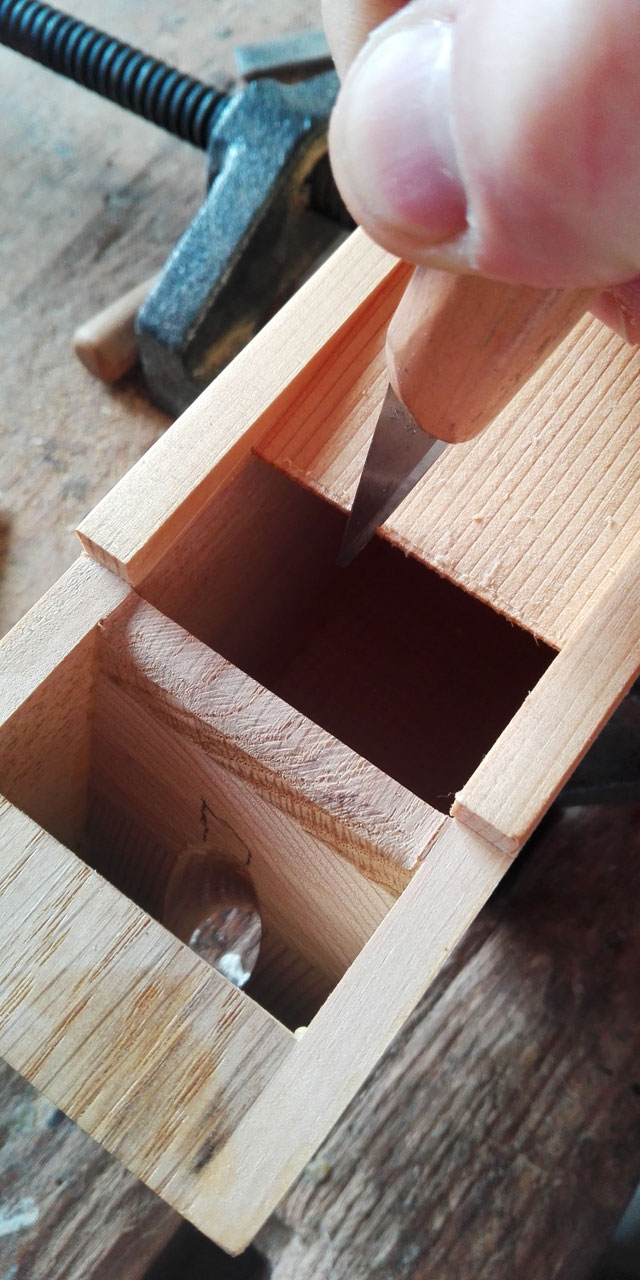
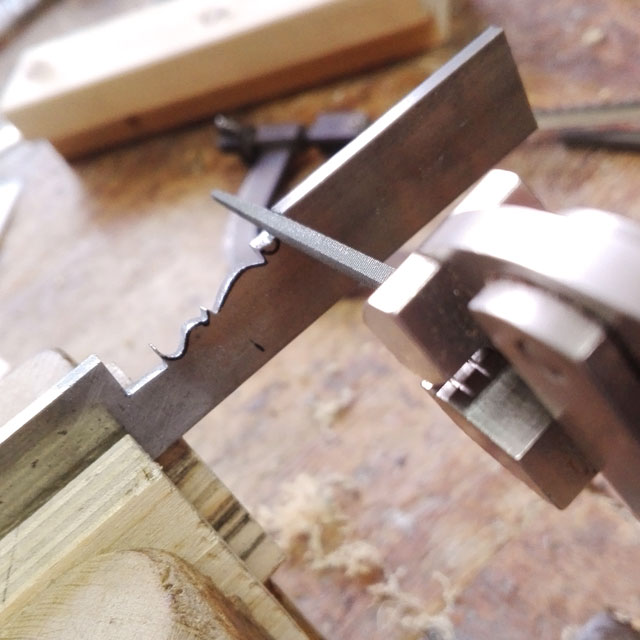
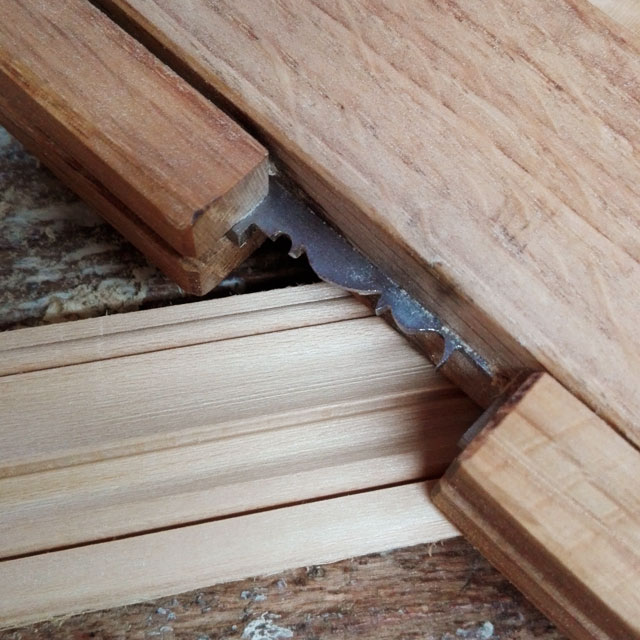
Case and decoration
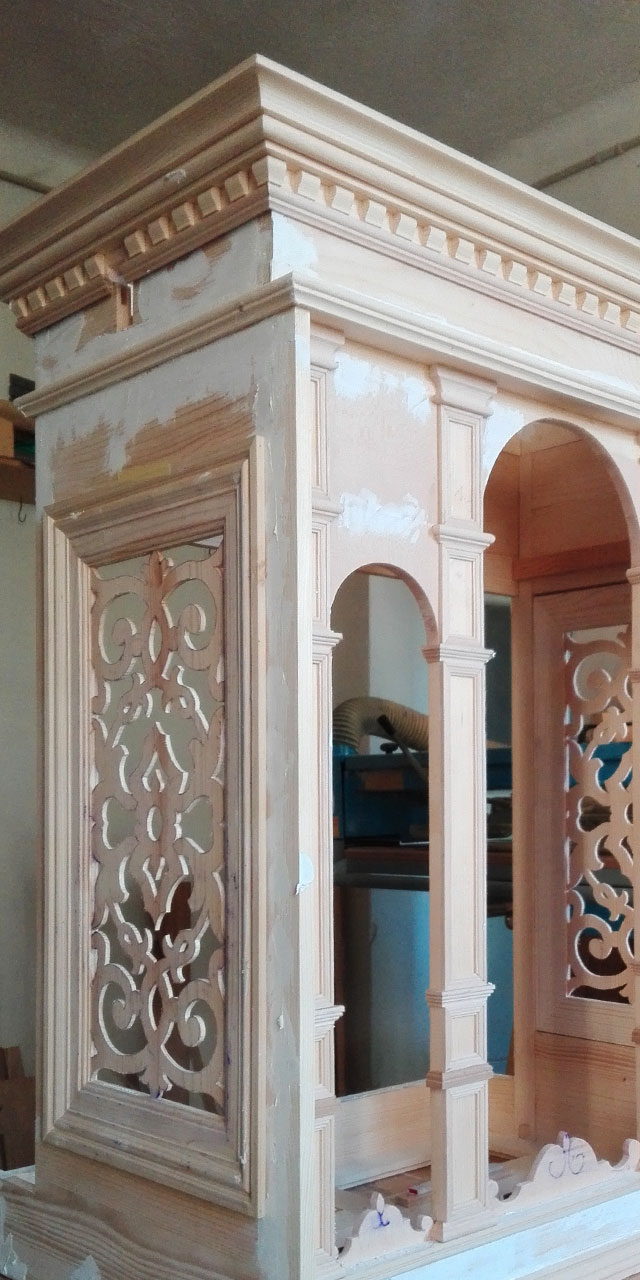
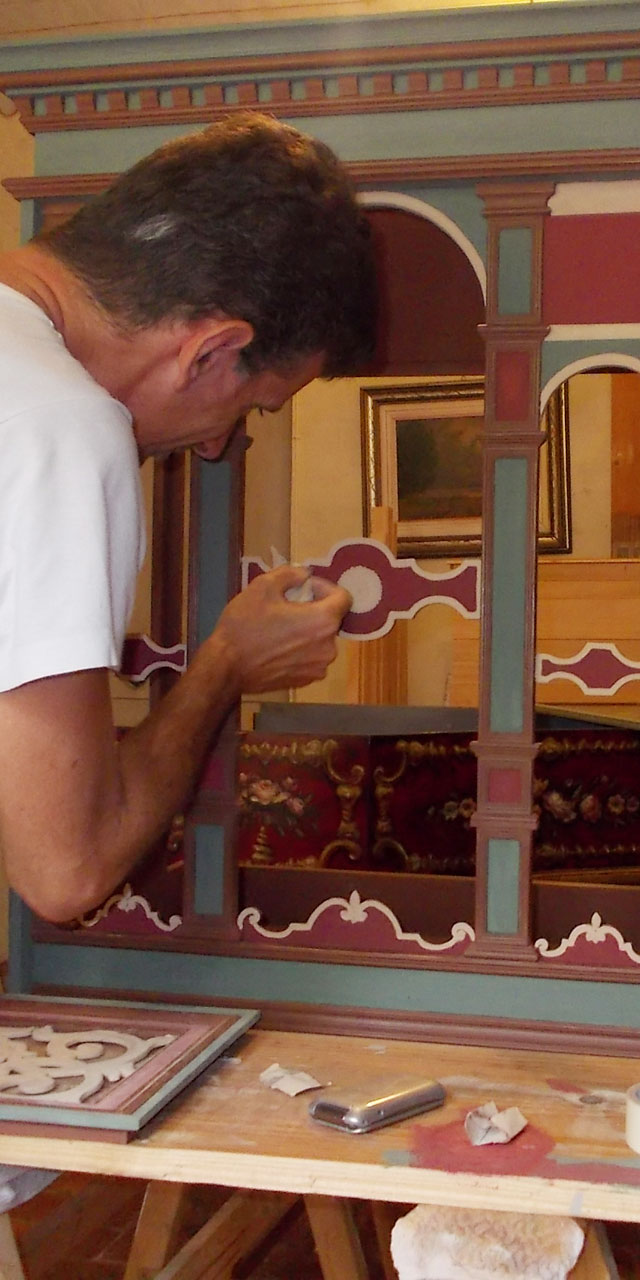
The finalised organ
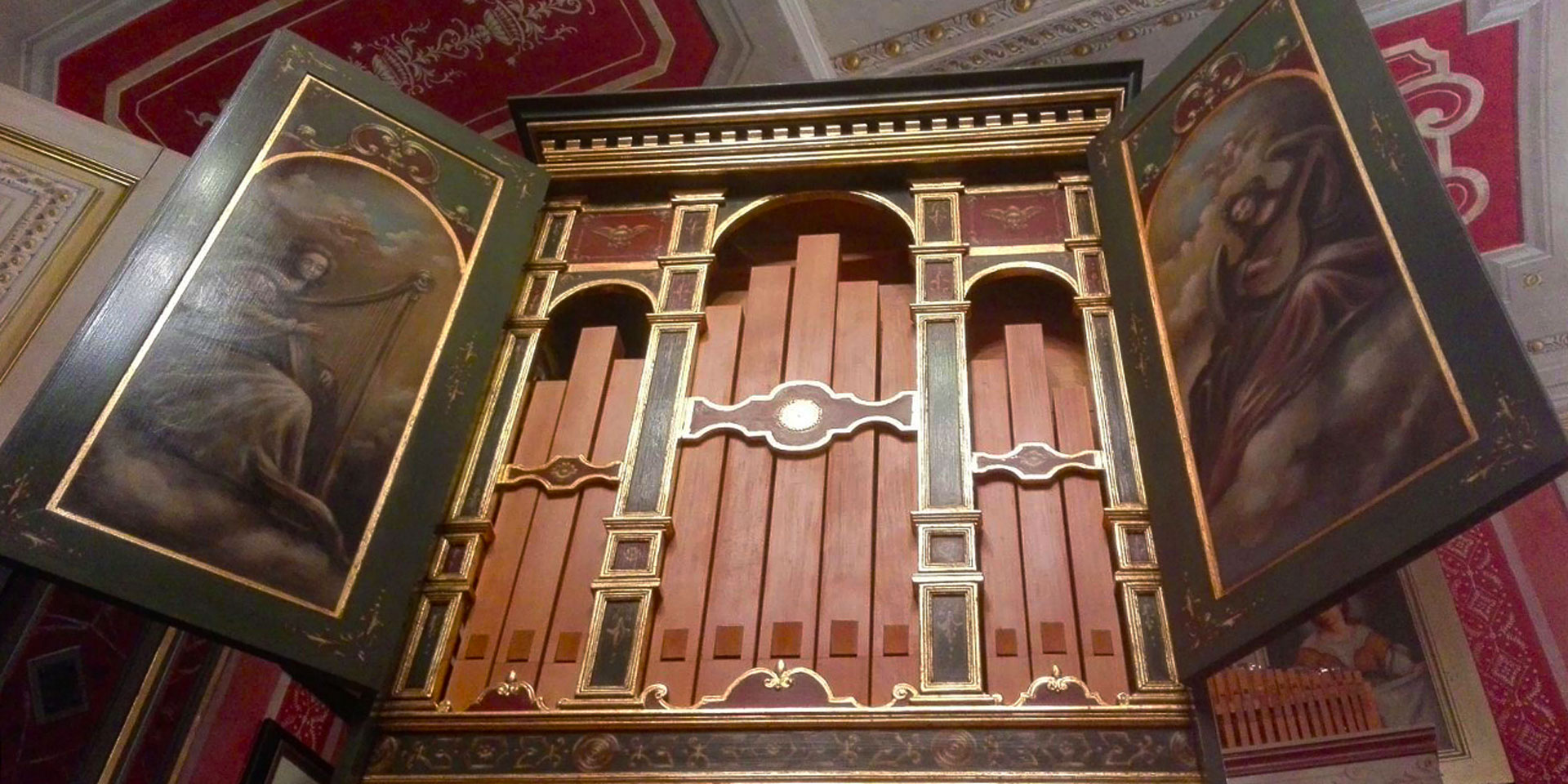

starting from Caravaggio to Genova’s Palazzo Ducale, from the breathtaking Antiquarium of the Munich Residence to the famous Museo del Violino at Monteverdi’s birthplace Cremona - it is to be hoped that many more “expert musicians and singers” will make use of them for their historically informed performances of the 16th and 17th century Italian music.
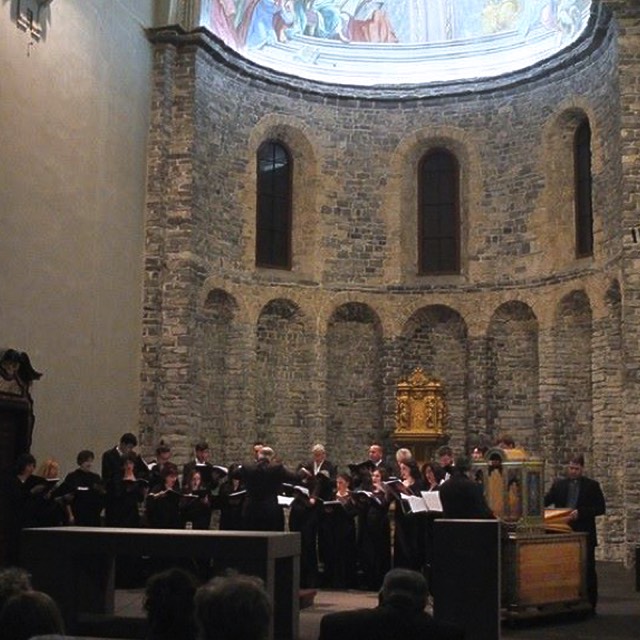
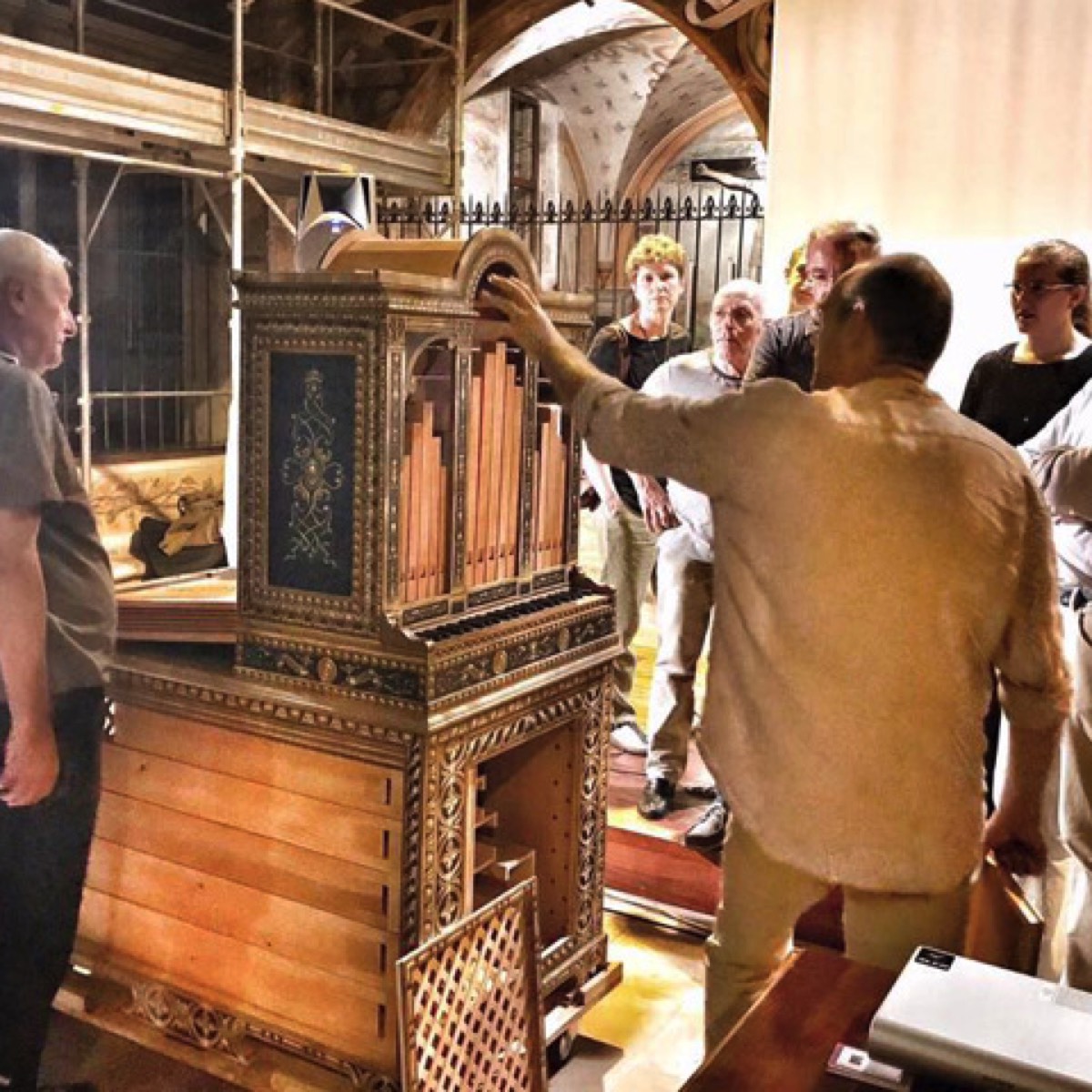
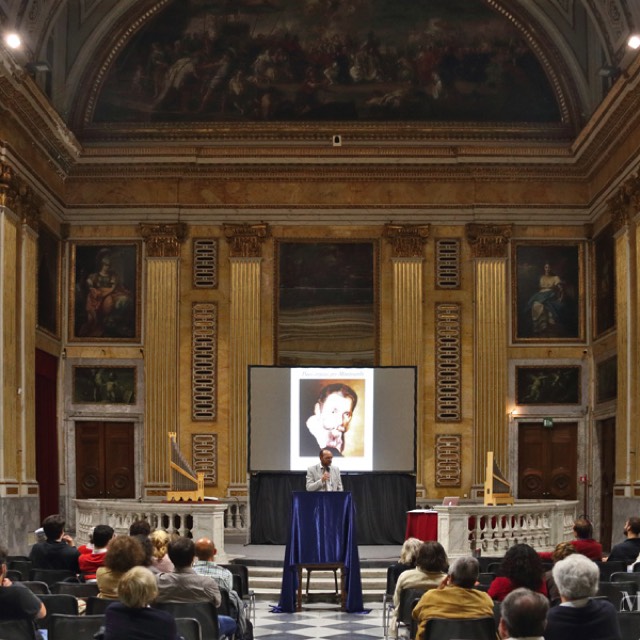
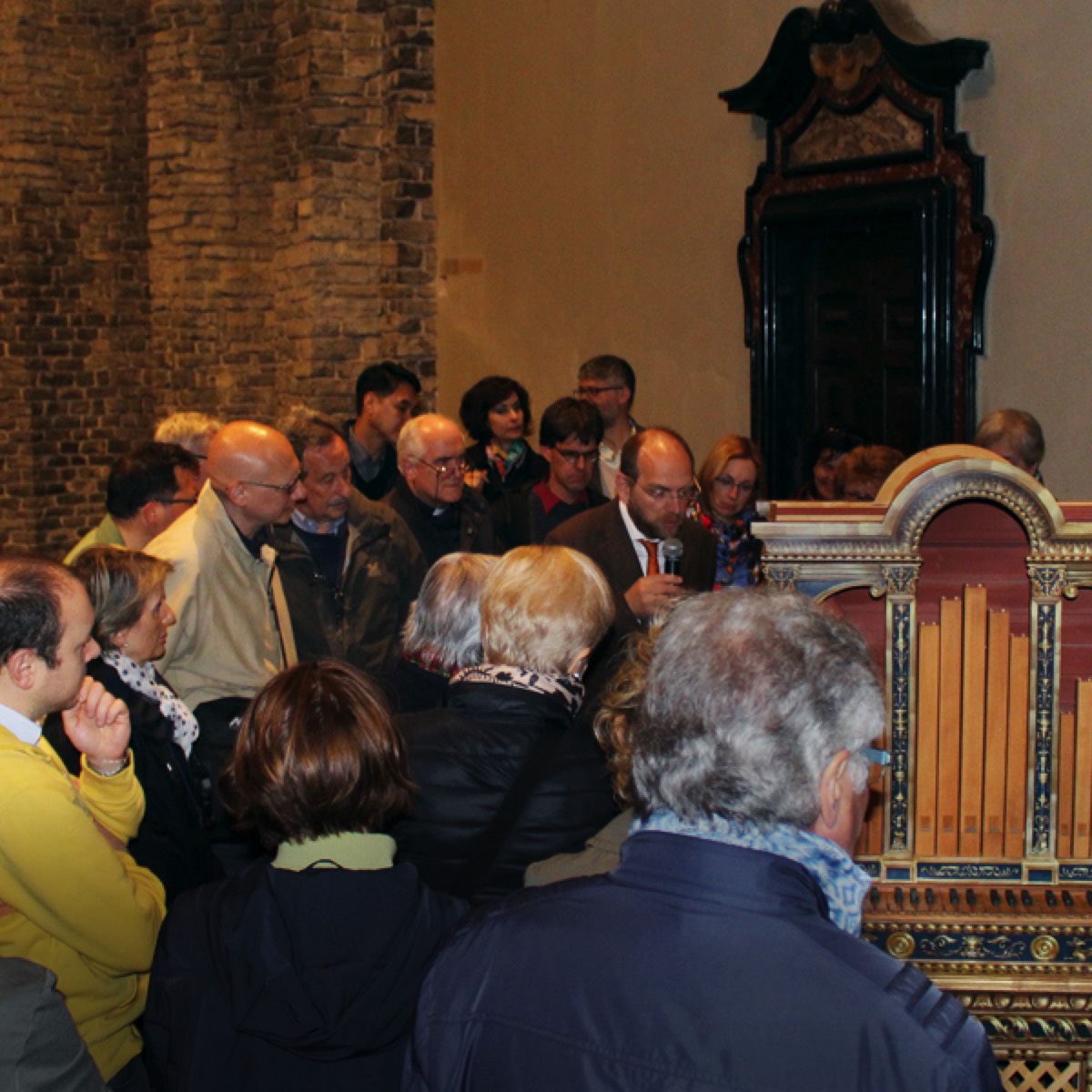
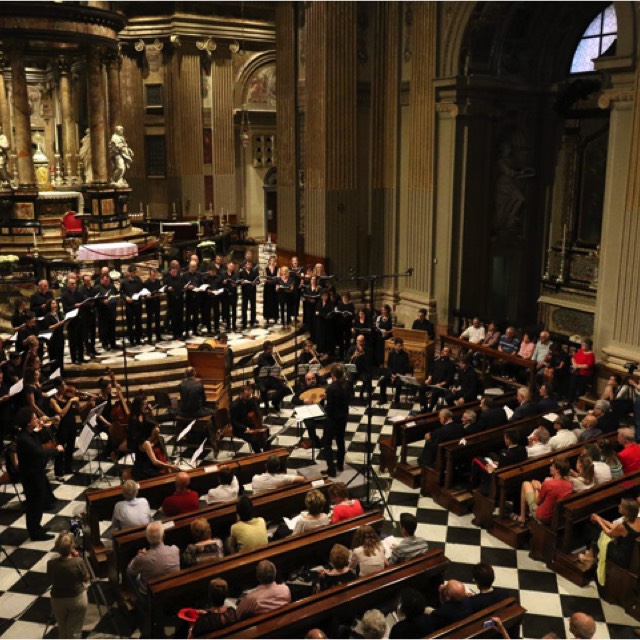
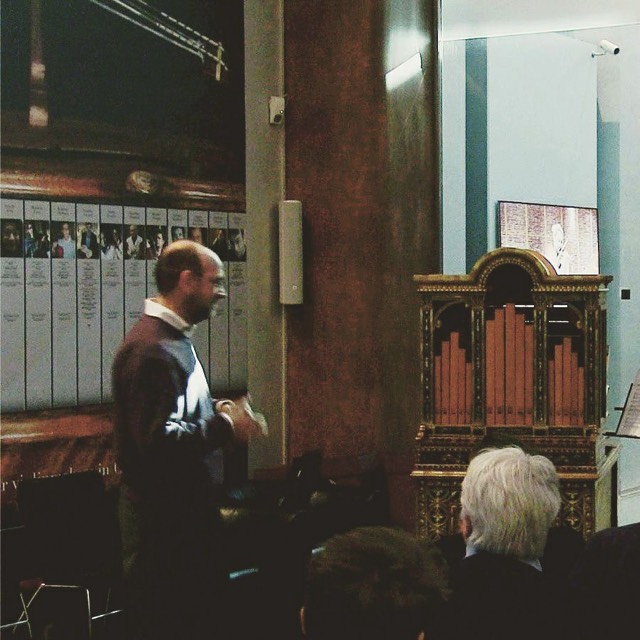
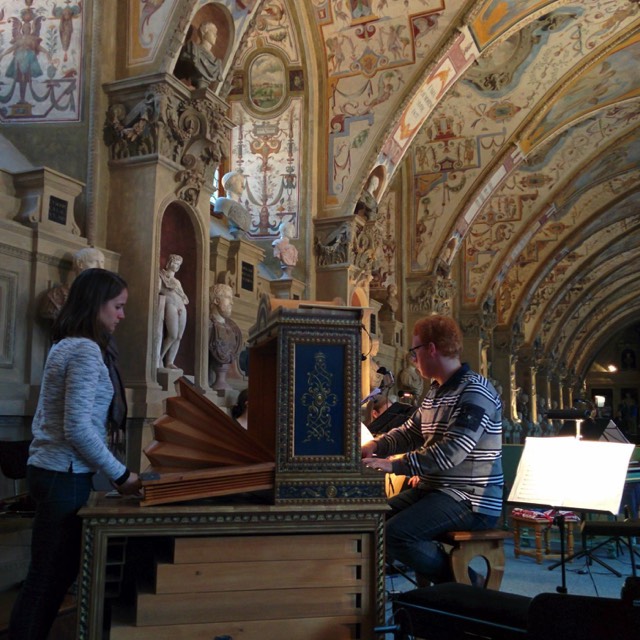
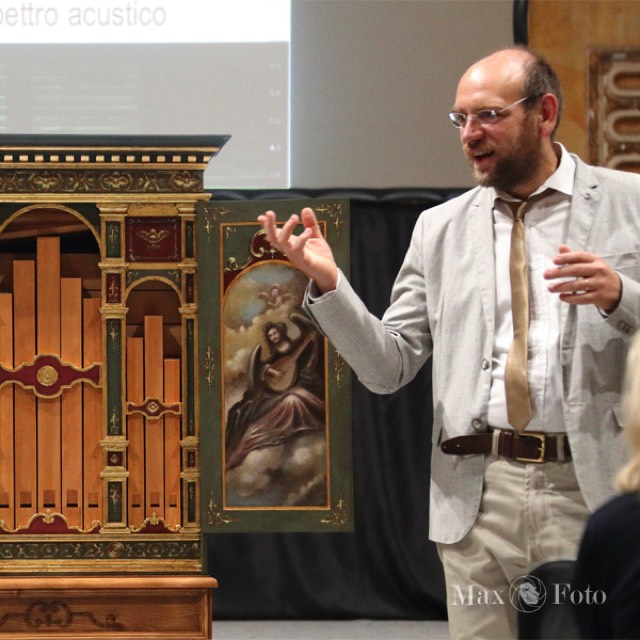
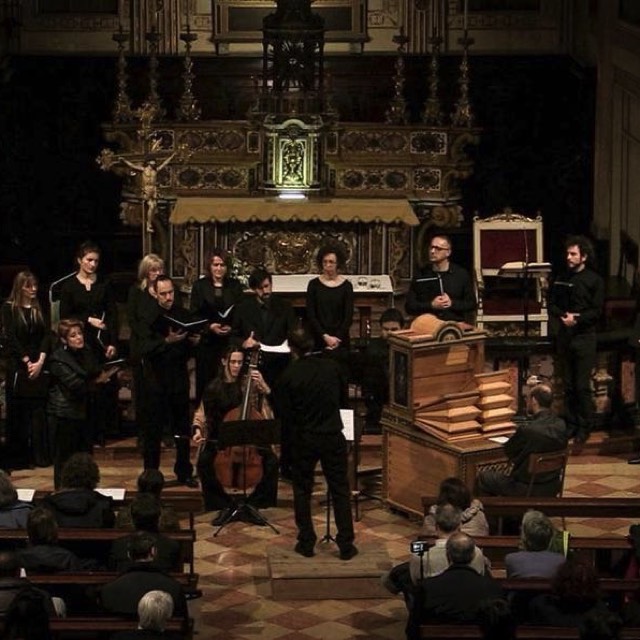

The documentary on the research and reconstruction by Sol Capasso and the instruments provide excellent informative material, to be presented in the form of a conference both to musicians and a broader audience.
See below some excerpts:
Trailer 1
Trailer 2
Trailer 3
Trailer 4
Trailer 5
Trailer 6

- Walter Chinaglia, “Duex orgues pour Monteverdi”
La Tribune de l’Orgue, Décembre 2018, 70/4 (French)
- Walter Chinaglia, “Duoi organi per Monteverdi:
Re-creating a Pair of organi di legno"
The Organ Yearbook, vol. 49 (2020) (English)
Laaber Verlag
- Luzzasco Luzzaschi (1545 - 1607) - Aura Soave
Federica Bianchi, organ 8'
Francesca Cassinari, soprano
- Giovanni Domenica Rognoni Taegoi (? - 1626) - Cantate domino
Federica Bianchi, organ 8'
Luigi Panzeri, organ 4'
- Ignazio Donati (1570-1638) - Peccavi super numerum
Live-Recording 30 March 2019, Albert-Lempp-Saal Munich
Robert Selinger, organ 8'
Paco Garcia, tenor
Giulio Quirici, theorbo

© ORGANA di Walter Chinaglia
Via Montebello 10, 22072 Cermenate (CO) Italy, tel/fax +39 031 772776, mob. + 39 340 966 78 03
walter.chinaglia@gmail.com

